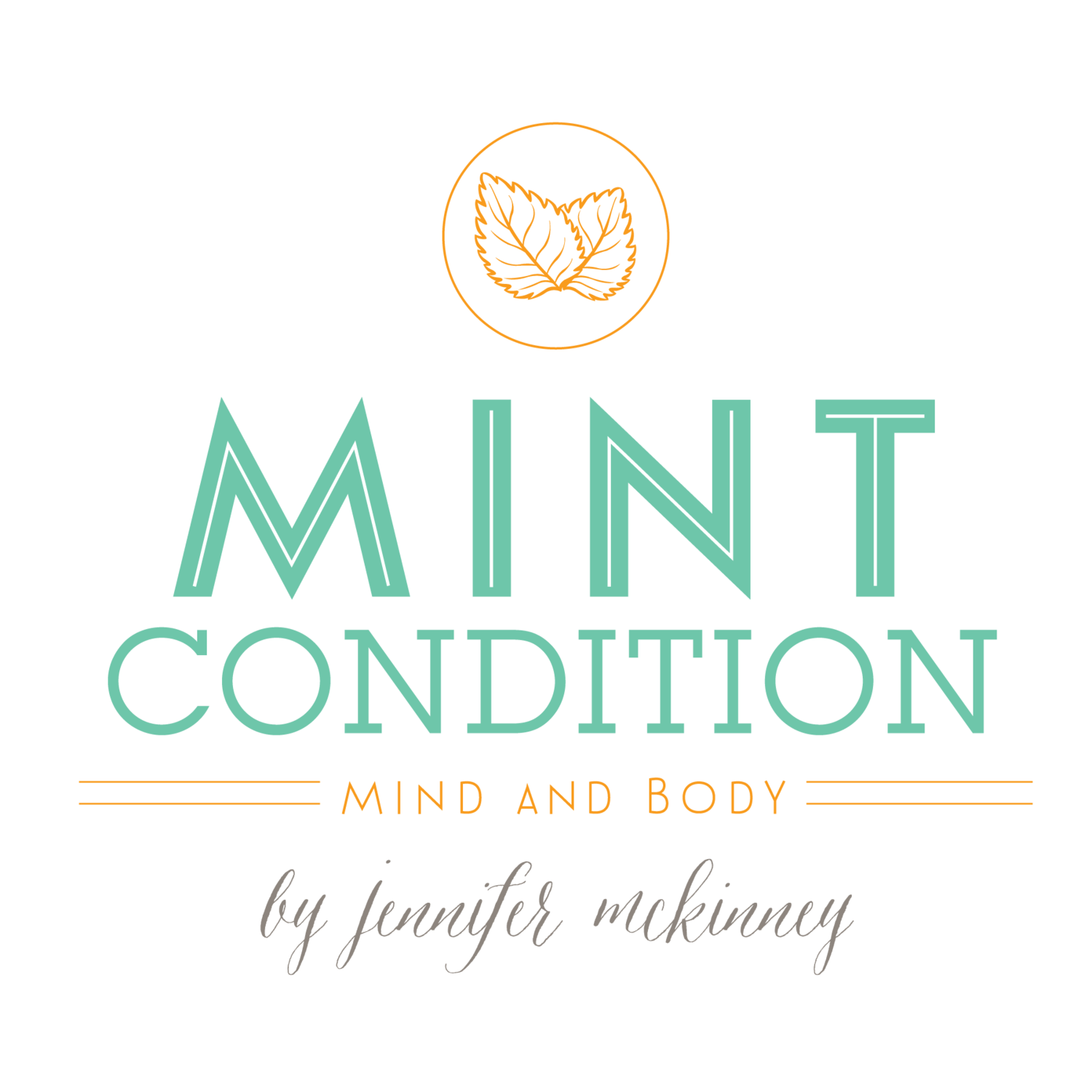The Science of Gratitude
The word gratitude is derived from the Latin word gratia, meaning grace, graciousness, or gratefulness. The feeling of gratitude encompasses all of these meanings. Gratitude is a thankful appreciation for what an individual receives, whether tangible or intangible. (3)
It is a way for us to appreciate what we have, instead of reaching for something new — in the hope it will create more happiness, or thinking satisfaction won’t come until every physical and material need is met. Gratitude refocused us on what we have instead of what we lack.
What exactly is happening inside us when we are grateful?
What makes us grateful is different from person to person, yet there are some common threads. We tend to feel a sense of gratitude when:
We achieve a big goal
Someone does something kind for us
Someone makes us feel appreciated
We witness something funny or lovely or beautiful
We have a moment to truly be free/ourselves
We recognize how meaningful someone or something is to you
Helps us connect to something larger than ourselves as individuals — whether other people, nature, or a higher power.
Here is a little experiment in somatic awareness (becoming aware of the sensations in the body).
Take a moment to ponder on the above list and notice how gratitude feels in your body. Do you feel any sensations? Where does it show up? Linger in it for a few moments while perhaps listening to the song below.
How did that feel? You just created that feel-good-feel from the inside and on command. Wow!
The sensation of gratitude is occurring due to neurotransmitters in the brain being released, simply at the thought of noticing and appreciating the good things in your life. There are two brain chemicals directly connected to gratitude: Dopamine and Serotonin. They are connected to our emotions and therefore contribute to feelings of pleasure, happiness and well-being. (1)
Now, if you didn’t quite get into a state of gratitude, know that this is a practice and therefore may take a few sessions to really tap into the literal sensations of gratitude. But its effecting your brain right away and the more you do this practice, the stronger the pathway to gratitude becomes. Eventually this leads to an increased use of this I feel grateful pathway. This is called neuroplasticity which is the ability of neural networks in the brain to change through growth and reorganization.
“By consciously practicing gratitude everyday, we can help these neural pathways to strengthen themselves and ultimately create a permanent grateful and positive nature within ourselves.” (2)
Research shows that practicing gratitude — 15 minutes a day, five days a week — for at least six weeks can enhance mental wellness and possibly promote a lasting change in perspective. (4)
This experiment and the science of gratitude shows us that:
Our thoughts are directly connected to our emotions.
We have control over where our thoughts take us.
With practice we can create happiness from the inside.
Behavior changes biology — Remember that behavior changes biology. Your brain is designed to problem-solve rather than appreciate. You often must override this design to reap the benefits of gratitude. Positive gestures benefit you by releasing oxytocin, a hormone that helps connect people. Some people call it the love hormone. A regular gratitude practice can bring us into happiness whenever we are in need, not just in the “special/good/big moments”. We can conjure it anytime we need to feel better, to cultivate hope for the future and to take action in sharing this gratitude with others, creating a gratitude ripple effect. (5)
Gratitude has also been shown to:
Reduce stress levels.
Improve blood pressure.
Improve heart health and positively affects biomarkers associated with the risk for heart disease.
Improve immunity.
Improve sleep.
Improved mood.
Build and enhance our relationships.
Increase satisfaction in our work environments.
Help combat anxiety and depression.
Simple ways to practice gratitude:
Make a list in a journal/in your mind/or speak it out loud.
Share your gratitude list with someone else and create a gratitude ripple.
Listen to a song, playlist or gratitude frequency.
Express your gratitude by creating something: a meal, art, a song, a dance, a poem.
Say “Thank You” frequently: to yourself, to others, to nature.
Many of us reflexively say, “thanks” often. Next time you hear yourself say it, stop and pinpoint precisely what you are thankful for.
You may feel negative or frustrated during the day. When that happens, step back and shift your focus to a positive aspect of the situation.
Find one thing you are grateful for and fill up with the sensation of gratitude.
“Try saying thank you, aloud or in your head, every time you see, taste, feel, hear, or sense something that you are grateful for... if you’re paying attention, you could be saying Thank You all day, every day.”
Resources:

